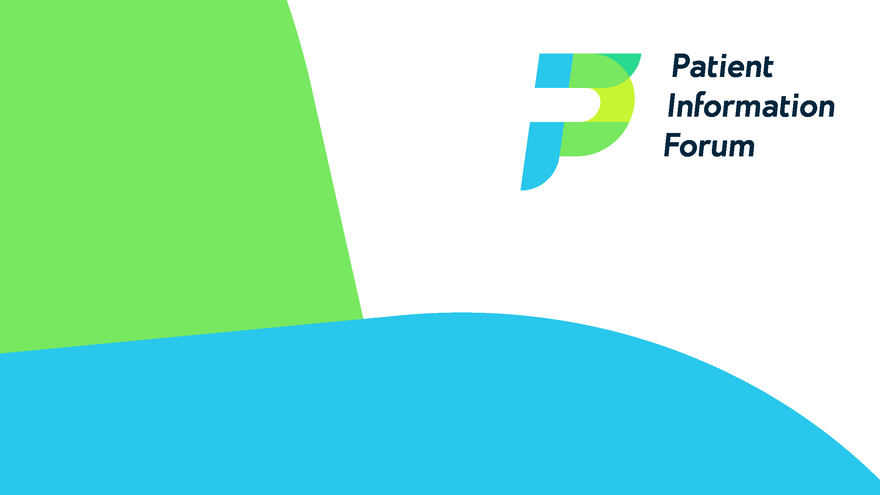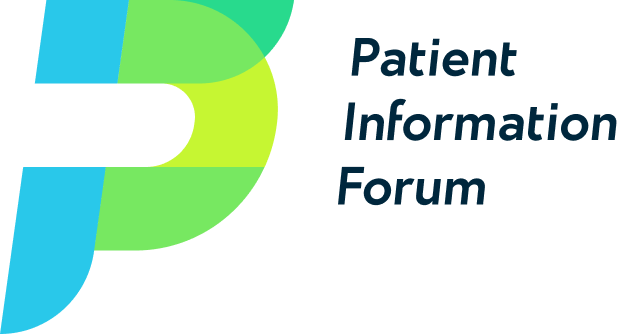
Optimising your website for AI search
Executive summary
This guide provides practical advice to help you optimise your website for AI search. It will help you improve visibility across search engines and AI-driven platforms like large language models. The guide also identifies how meeting PIF’s standards for trusted health information can help you succeed in the new search environment.
Why this matters
The way people search for health information – and get answers to their questions – is changing. With organic traffic declining, organisations need to adapt to increase visibility and become a recognised authority if they are to continue reaching users effectively.
E-E-A-T – Google’s search guidelines
To decide whether your information is trustworthy, Google looks for signs of what it calls E-E-A-T:
- Experience – Is the advice coming from real-world experience?
- Expertise – Do you have the knowledge or qualifications to talk about this topic?
- Authoritativeness – Is your organisation recognised and respected in this field?
- Trustworthiness – Is your information accurate, transparent, and safe?
Strong E-E-A-T signals make it more likely that Google and AI-generated results will highlight your content.
Quick wins
- Make sure every page has a meaningful title, H1 and metadata.
- Fix broken links.
- Add review dates to every page of health information.
- Link to sources.
- Explain how information is created.
- State if you are PIF TICK certified.
This guide supports the following PIF TICK criteria:
1. Systems: Information is created using a consistent and documented process.
3. Need: Resources meet a genuine need.
4. Evidence: Information is based on reliable, up-to-date evidence which is communicated clearly.
5. Involving users: Users are involved in the development of information.
6. Health inequalities: Information is written to meet health literacy, digital inclusion, language and accessibility needs of the audience.
10. Impact: The impact of information is measured.
Originally published September 2025. Next review date September 2026.
Please login or join us to see this content
How you create your patient information matters. Do it together with PIF.
Join PIF or apply for PIF TICK certification today to get unlimited access to PIF's resources, expert advice and support services.
